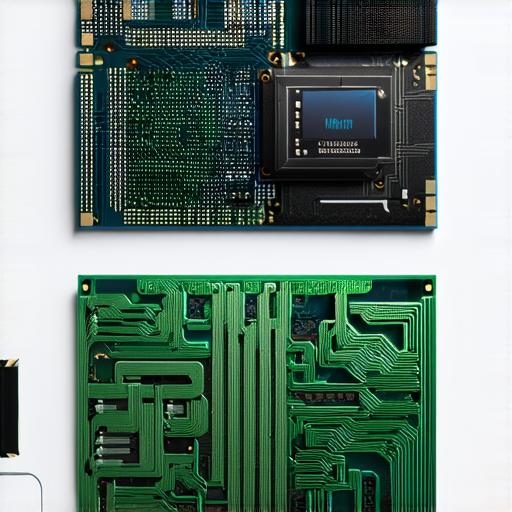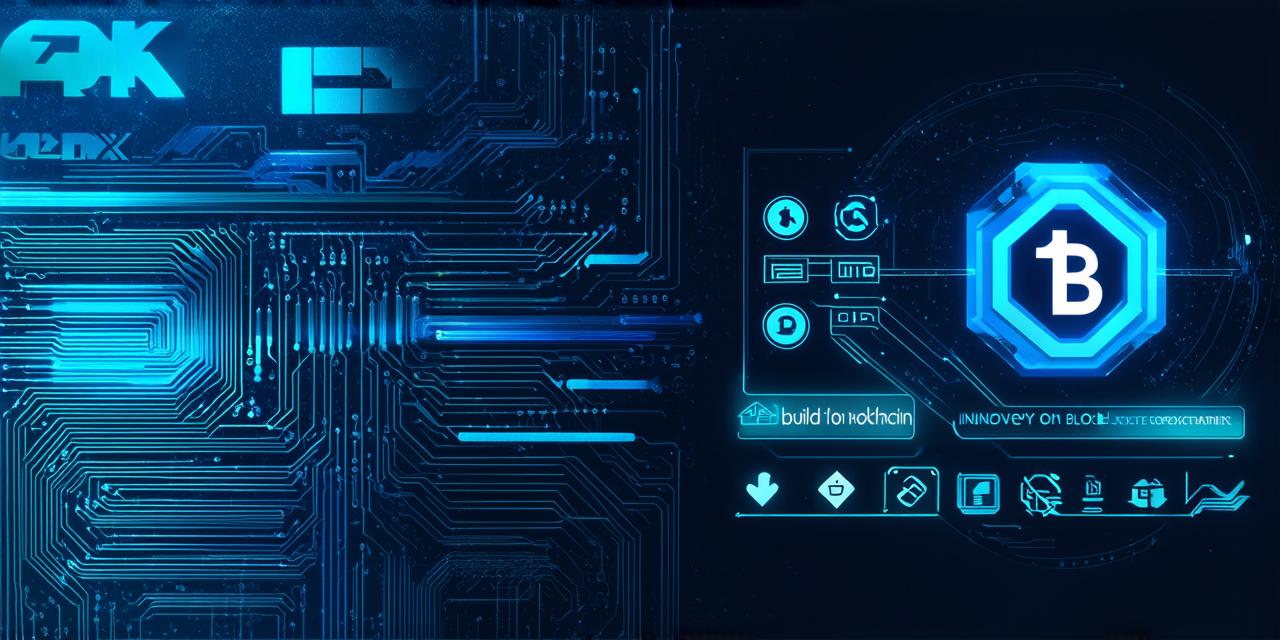Blockchain technology has taken the world by storm since its inception in 2008. It has revolutionized the way we think about decentralization, security, and transparency. As a developer, you’re probably wondering how to build on this exciting new technology. In this comprehensive guide, we will explore everything you need to know to get started with building on the blockchain.

What is the Blockchain?
Before we dive into building on the blockchain, let’s first understand what it is and how it works. The blockchain is a decentralized digital ledger that records transactions across multiple computers in a secure and transparent way. It was initially designed for the cryptocurrency Bitcoin but has since been adopted by various industries, including finance, supply chain management, and healthcare.
The key features of the blockchain include:
- Decentralization: The blockchain is maintained by a network of computers rather than a central authority, making it resistant to censorship and fraud.
- Transparency: All transactions on the blockchain are publicly visible, allowing anyone to verify their authenticity.
- Security: Once data is recorded on the blockchain, it cannot be altered or deleted, providing an immutable record of events.
Building on the Blockchain: A Step-by-Step Guide
Now that we have a basic understanding of the blockchain let’s explore how to build on this technology. Building on the blockchain involves several steps, including designing, developing, and deploying your application.
Designing Your Application
The first step in building on the blockchain is to design your application. This involves identifying the problem you want to solve and determining how blockchain technology can help address it. For example, if you’re building a supply chain management system, you may want to use the blockchain to track products as they move through the supply chain, ensuring transparency and security.
Once you have a clear idea of what your application should do, you need to decide which blockchain platform to use. There are several popular blockchain platforms available, including Ethereum, Hyperledger, and Corda. Each platform has its own strengths and weaknesses, so it’s essential to choose the one that best suits your needs.
Developing Your Application
Once you have designed your application and chosen a blockchain platform, the next step is to develop it. This involves writing code in a programming language such as Solidity (for Ethereum) or Kotlin (for Corda). You will also need to set up a development environment, which includes tools for testing and debugging your code.
Developing on the blockchain can be challenging, especially if you’re new to this technology. However, there are plenty of resources available online to help you get started, including tutorials, documentation, and forums.
Deploying Your Application
Once you have developed your application, the next step is to deploy it on the blockchain. This involves setting up a node on the network and uploading your code to it. You will also need to configure your application to interact with the smart contracts on the blockchain.
Deploying your application on the blockchain can be a complex process, especially if you’re new to this technology. However, there are plenty of resources available online to help you get started, including deployment tools and step-by-step guides.
Maintaining Your Application
Once your application is deployed on the blockchain, it’s essential to maintain it regularly. This involves updating your code, fixing bugs, and ensuring that your application remains secure and up-to-date. You will also need to monitor your application’s performance and make improvements as needed.
Maintaining your application on the blockchain can be a time-consuming process, but it’s essential to ensure that your application continues to provide value to users.
Real-Life Examples of Blockchain Applications
Now that we have explored how to build on the blockchain let’s look at some real-life examples of blockchain applications.
